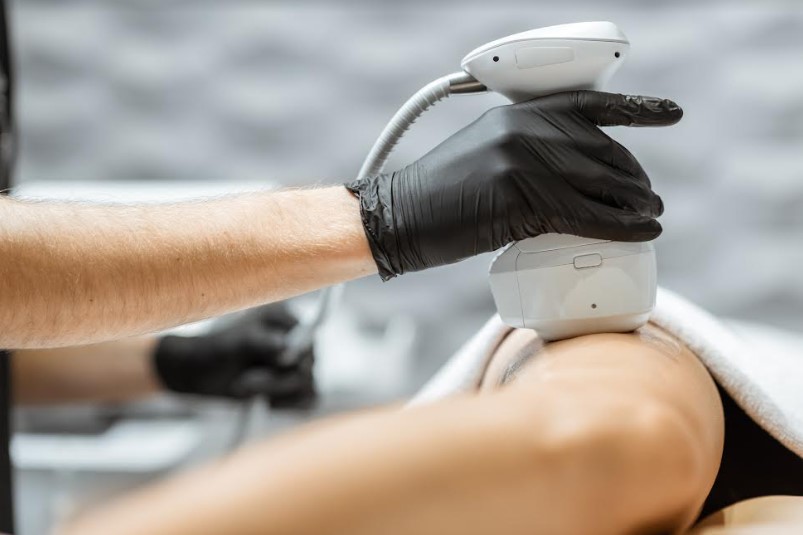Many people would love to change things about their bodies, and these issues can affect their self-esteem. For people who are unhappy about fat in certain areas of the body, liposuction can help. Liposuction is a type of surgery where the surgeon removes fat from specific areas of the body. The surgeon can remove fat from the stomach, hips, thighs, buttocks, arms, or neck. Liposuction can also shape the problem areas, which is known as contouring.
Patients looking for a safe and professional way to slim down can benefit significantly from liposuction.Surgeons use either local or general anesthesia during liposuction. Patients who wish to resume an exercise regimen as quickly as possible benefit from local anesthesia; however, patients treated for mid to large-sized areas should have general anesthesia because there will be less pain and improved results.
During the procedure, the surgeon will create an incision and use a thin hollow tube called a cannula to loosen the excess fat using a back-and-forth motion. The dislodged fat is then suctioned from the body using a syringe attached to the cannula or a surgical vacuum.
What To Expect After Liposuction
Patients who have the procedure performed under local anesthesia can go home when the surgery is complete, and those who receive general anesthesia must stay until the anesthesia wears off.
The surgeon may use temporary drains to drain the fluid from the body, and some will leave the incision open to allow the fluid to drain. The surgeon will determine if drains are necessary based on the patient and the success of the surgery.
There will be some swelling, bruising, and pain after the procedure, and fortunately, the pain isn’t too severe. Most patients say the pain is similar to a large bruise, and the pain shouldn’t be so severe that it affects the ability to concentrate. If the pain is this severe often indicates an infection or another post-op problem.
Light activity can be resumed a day or two after the procedure, and doctors recommend beginning a light to moderate exercise regimen after two or three weeks. Starting an exercise regimen as directed will ensure the best results. It’s best to wait four to six weeks before engaging in strenuous exercise to prevent pain and further problems.
How Much Does Liposuction Cost
Weight loss surgery, such as gastric sleeve, laparoscopic gastric bypass, and the lap band, is typically covered by insurance. Liposuction is considered a cosmetic procedure and is not covered by insurance, and the procedure must be paid out of pocket.
The average cost of liposuction is $3,634 and there are additional fees that increase the cost of the procedure. The additional costs include the following:
- Anesthesia fees
- Medical tests
- Hospital or surgery center costs
- Post-surgery garments
- Surgeon’s fee
- After surgery prescriptions
The average cost is just a baseline, and the surgeon’s fee is based on their experience and the location of the surgical center. The body area where the fat is removed also affects the price, and the average costs include:
- The lower part of the abdomen: $2,500 to $7,500
- Upper and lower abdomen: $3,800 to $8,000
- Back: $2,000 to $4,500
- Breast: $3,800 to $8,000
- Chin: $2,500 to $5,000
- Love handles: $2,500 to $6,000
- Hip/waist: $2,500 to $6,000
- The inner portion of the thighs: $3,300 to $6,500
- The outer part of the thighs: $2,500 to $6,000
- Anterior and frontal thighs: $2,500 to $6,000
- Buttocks: $2,000 to $5,0000
It’s important to understand that these are the average costs, and surgeons dictate their prices.
Liposuction is expensive, and many people can’t afford to pay for the procedure upfront. Fortunately, there are payment options available. Some surgeons offer payment plans that allow patients to make payments directly to the facility. If the surgeon doesn’t accept payment plans, other options are available. The patient can get a personal loan to cover the cost, or they can apply CareCredit card designed for medical procedures that aren’t covered.
Liposuction is designed to eliminate stubborn fat that makes people uncomfortable with their appearance and is not an alternative to diet and exercise. Patients who fail to eat right and exercise won’t see the best results, and fat will continue to build up, making the procedure worthless. Patients who follow the post-op directions to the letter are often delighted with the results and feel good when they look in the mirror.
Read Also: The Role of Nutrition in Pain Management
